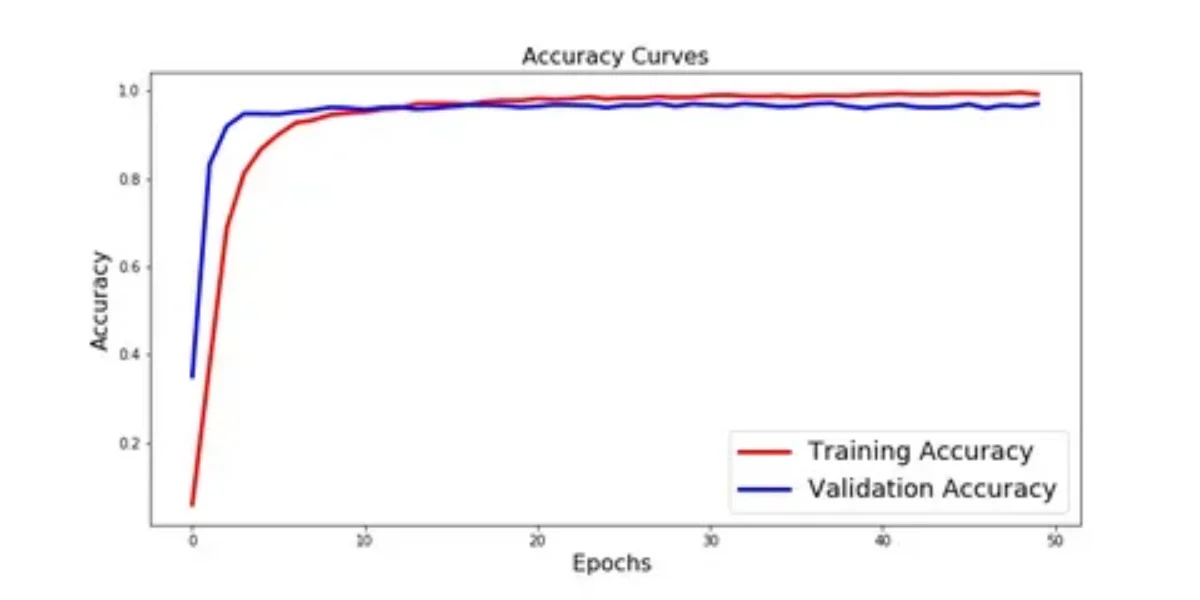Service Level Agreements (SLAs) play a critical role in defining the expected performance and responsibilities between service providers and clients in IT operations. Ensuring that SLAs are not only met but also accurately measured and validated is essential to maintain trust, avoid penalties, and drive operational excellence. SLA accuracy validation is a vital process that confirms whether reported service levels truly reflect actual performance and compliance with agreed-upon terms.
In modern IT environments—spanning cloud computing, managed services, and internal enterprise operations—manual methods of SLA validation are no longer sufficient. Instead, organizations are adopting a variety of advanced methodologies and automated systems to ensure the integrity of their SLA metrics. This article explores the top methods for SLA accuracy validation in IT operations, offering insights into tools, practices, and frameworks that can improve service delivery assurance.
Automated Monitoring and Reporting Tools
One of the most widely adopted methods for SLA accuracy validation is the use of automated monitoring and reporting tools. These tools gather real-time data across various systems and services, tracking uptime, response time, throughput, and other key SLA metrics. The data collected helps ensure that SLA compliance is measured objectively, without relying on manual logs or potentially biased inputs. Popular tools such as Nagios, Zabbix, and Datadog provide detailed dashboards and reporting features that align with SLA requirements.
Automated tools also enable continuous monitoring, allowing IT teams to identify and address potential SLA breaches proactively. This improves transparency for both providers and clients, fostering a data-driven environment for SLA compliance. By using pre-configured SLA templates and alerts, these tools simplify the validation process, reduce human error, and ensure that performance is consistently within agreed parameters. In essence, they serve as the foundation for reliable SLA accuracy validation in IT operations.
SLA Validation Audits and Cross-Verification
Conducting regular SLA validation audits is another essential method to ensure SLA metrics reflect reality. These audits involve a comprehensive review of SLA data, methodologies, and compliance records to uncover discrepancies or inconsistencies. Auditors often compare data from service monitoring tools with customer reports, ticketing systems, and historical performance logs. The goal is to cross-verify that the metrics used to claim SLA compliance are authentic, complete, and unmanipulated.
Through cross-verification, organizations can identify systemic issues such as underreporting of incidents, misclassification of downtimes, or inaccurate time tracking. This method supports transparency and helps service providers establish trust with their clients by showing a commitment to integrity. Moreover, audits can reveal opportunities for process improvement and more accurate SLA measurement frameworks. SLA accuracy validation is strengthened when companies implement a cycle of regular audits, feedback, and refinement.
Integration with ITSM Platforms
SLA accuracy validation is significantly enhanced when integrated with IT Service Management (ITSM) platforms such as ServiceNow, BMC Remedy, or Jira Service Management. These platforms are central hubs for managing incidents, service requests, changes, and problem management—each of which plays a role in SLA enforcement and validation. When SLA parameters are built into ITSM workflows, service events are automatically tagged, measured, and tracked against predefined SLA conditions.
By leveraging built-in reporting features, escalation paths, and timestamped activity logs, ITSM platforms ensure SLA metrics are validated at each step of the service lifecycle. This real-time tracking removes ambiguity from SLA evaluation, and the embedded analytics provide actionable insights into service performance trends. Integrating SLA accuracy validation into ITSM ensures that metrics are not only tracked but also enforced consistently, reducing SLA breaches and increasing accountability.
Benchmarking and Historical Comparison
Benchmarking against industry standards and historical data is another robust method for SLA accuracy validation. Comparing current SLA performance to past performance helps IT teams identify anomalies, trends, and areas that may require deeper investigation. For instance, if a service consistently claims 99.9% uptime but end-users report frequent outages, benchmarking against historical uptime logs may reveal discrepancies in measurement or reporting.
This method adds a layer of context to SLA validation, helping teams distinguish between normal variances and potential misreporting. Additionally, external benchmarking—comparing SLA metrics with industry averages—can validate whether SLAs are realistically defined and achievable. This ensures that service providers are not just meeting their own standards, but also aligning with industry best practices. Benchmarking enables organizations to validate SLA accuracy with greater confidence and make informed decisions for future SLA improvements.
Customer Feedback and Experience Analysis
While technical metrics are crucial, SLA accuracy validation is incomplete without incorporating customer feedback and experience analysis. End-user perception of service quality often uncovers gaps in SLA measurement. For example, a ticket may be resolved within the agreed timeframe on paper, but the customer may not have been satisfied due to poor communication or insufficient resolution. These subjective experiences are essential to validate whether SLAs are truly delivering value.
Collecting feedback through surveys, satisfaction ratings, and service review meetings provides qualitative data that can complement quantitative SLA metrics. Integrating this feedback with service data offers a 360-degree view of SLA performance. When discrepancies arise between reported SLA compliance and customer satisfaction, it signals a need to revisit SLA definitions or validation mechanisms. Ultimately, combining technical data with customer insights ensures a holistic approach to SLA accuracy validation in IT operations.
Conclusion
SLA accuracy validation is not merely a checkbox activity; it’s a critical function that ensures fairness, accountability, and quality in IT service delivery. Inaccurate SLA reporting can lead to lost trust, financial penalties, and service inefficiencies. Therefore, organizations must adopt a combination of tools and strategies—such as automated monitoring, ITSM integration, auditing, benchmarking, and customer feedback—to ensure SLAs are validated with precision and integrity.
Each method discussed provides a unique perspective and layer of assurance in validating SLA compliance. Together, they form a comprehensive framework that supports continuous improvement and long-term success in IT operations. As services become more complex and customer expectations rise, investing in robust SLA accuracy validation methods is no longer optional—it’s essential for operational excellence and competitive advantage.












